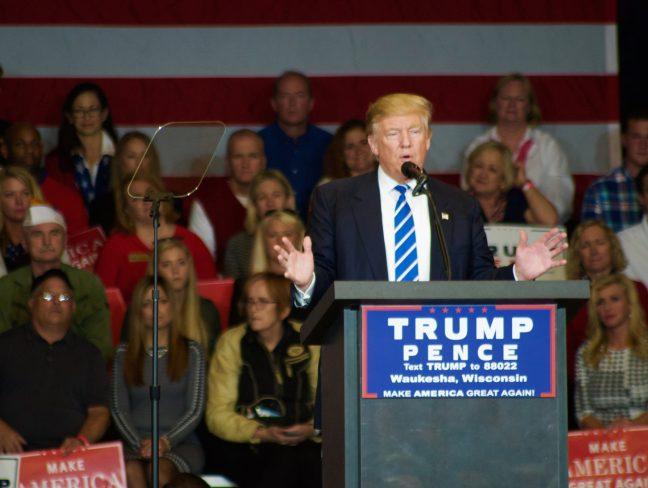This election cycle, to the general unpopularity of both former Secretary of State Hillary Clinton and Republican nominee Donald Trump has fueled an outcry for the emergence of a third party option for Americans.
This outcry, however, represents a misguided desire that ignores the unending benefits of a two-party system, despite it’s flaws, while threatening America’s political stability.
While the two-party system may seem to limit people’s electoral choices, it allows for the emergence of common ideals. By requiring two parties to grapple with each other in a battle to win over the majority of Americans, each party finds itself forced to cater to the center of the American political spectrum, rather than entertaining the often extremist voices on the margins.
In a two-party system, each party tries to identify the center, then aligns its own policies in such a way that will allow them to win over the majority of American voters. Ultimately, under our current system, each voter must compromise to an extent on certain issues and determine which candidate better represents their views. The end result is that the winner who emerges is somebody who approximately represents the beliefs of the majority of Americans.
In contrast, a three-party system encourages the formation of an extreme left party, a center party and an extreme right party. No longer do parties have to target a majority of American voters. Instead they have to attempt to reach a plurality.
The three-party system results in the eventual winner representing an approximation of only slightly more than a third of American’s political views. A three-party system may slightly mitigate the compromise each individual makes when voting for a candidate, but the eventual president would differ vastly in political views with a significantly higher percentage of the electorate. This makes it remarkably more difficult for bipartisan efforts to flourish and creates a more divided nation than we already have.
On top of the three-party system creating a greater divergence in ideology between the eventual president and the American populace, the three-party system opens the door to extremist candidates.
The classic example of a multi-party system leading to the election of an extremist candidate comes from the 1932 elections in the Weimar Republic, where you may remember Adolf Hitler’s Nazi Party received 33 percent of the vote in the election prior to Hitler becoming Fuhrer.
Now, I am not comparing either of our two independent options — former New Mexico Gov. Gary Johnson or Jill Stein to Hitler, but I am certainly claiming that the emergence of a consistent third party could ease the difficultly of hijacking an American election for an extremist candidate. That is to say, even though Johnson and Stein are not extremists, if they were to succeed, it would set a precedent.
At the moment you may feel that an extremist candidate has already emerged within the two-party system, thus invalidating my assertion about the increased risk of a three party system. But Trump’s emergence as a candidate reveals a different flaw in the United States’ electoral process, while also supporting the idea that a three-party system represents a danger.
In the 2016 Republican primary, less than 30 million people cast a vote for one of the 12 candidates, with Trump winning less than half the total votes. In total, Republican primary voters represented less than 15 percent of eligible voters, meaning that only 7 percent of the population voted for Trump as the GOP Nominee.
These numbers reveal two things. First, an immense flaw in the United States’ electoral process is the disheartening lack of voter turnout. Second, and more importantly, in low turnout elections with a wide array of candidates, extremist candidates emerge as viable candidates.
So if you find yourself identifying with the large percentage of Americans who dislike both Clinton and Trump, don’t pine for a third party. Instead, push for higher voter turnout.
The two-party system doesn’t ferment the emergence of unpopular candidates like Clinton and Trump — low voter turnout does. Despite great enthusiasm for candidates like Vermont Sen. Bernie Sanders and Florida Sen. Marco Rubio, the same voters who were anxious to vote for them will now sit at home on Nov. 8 to make some sort of “statement,” effectively handing piles of ballots to the candidates they claim they would never do a thing for. America doesn’t need to open itself to extremist candidates by adding more parties to appease dissatisfied voters. There is an easier answer.
Simply put, America doesn’t need more parties. America needs more voters.
Connor Allen ([email protected]) is a junior majoring in economics, history and marketing.








